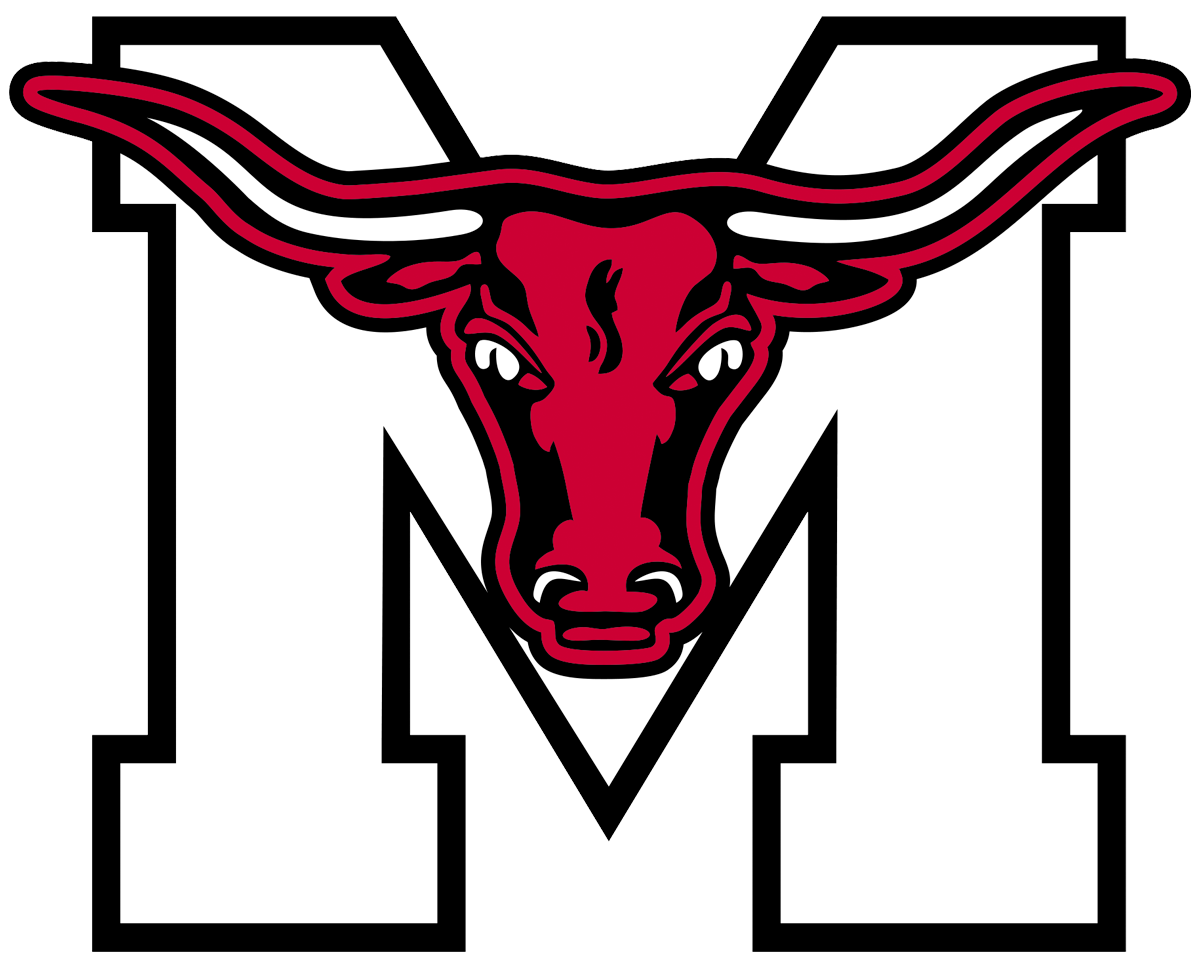About MISD
Mission Statement
The mission of the Marshall Independent School District is to improve outcomes for all students by providing leadership, guidance and support to schools.
Vision
Marshall Independent School District envisions that each learner is equipped to successfully achieve his or her vision and be a productive, contributing citizen in a global society.
About MISD
The Marshall Independent School District proudly serves students and families in Marshall, Texas. The district had an enrollment of 5,047 students in 2022-2023 according to the Texas Education Agency's most recent
Texas Academic Performance Report.
Marshall ISD is located in Marshall, Texas, in upper east Texas, 40 minutes from Shreveport, La., to the east and just over two hours from the Dallas/Fort Worth metroplex to the west. Marshall is located at the intersection of three major highways -- Interstate 20 and State Highways 59 and 43. Historic Caddo Lake is located less than 20 minutes to the northeast of downtown Marshall, and the city is also just a short drive from Lake o' the Pines to the northwest.
MISD includes a total of eight campuses to serve students in grades Pre-K through 12th grade. The district has one pre-kindergarten campus (Marshall Early Childhood Center); four K-5 elementary schools (David Crockett Elementary, Price T. Young Elementary, Sam Houston Elementary and William B. Travis Elementary); one junior high school serving students in grades 6-8; and Marshall High School, serving students in grades 9-12. In 2019, MISD opened an alternative education accountability campus, Marshall Early Graduation School, to assist students who seek to graduate with a high school diploma at an accelerated pace.
In 2018-2019, MISD opened "Little Mav Academy," a daycare facility to serve the needs of district staff and students with children ages newborn - 4 years. The daycare is now open to the public and includes an education-based curriculum similar to that of Marshall Early Childhood Center, which is MISD's Pre-K/Head Start campus for district 3-4 year olds.
The History of Marshall Public Schools
Public education in Marshall had its roots in an institution chartered during the days of the Texas Republic. The charter of this institution -- known as Republican Academy, Marshall University, Van Zandt University and White Boys' College -- was signed on Jan. 18, 1842, by President Sam Houston. Previously, education was left largely to parents or a few neighbors who could hire a teacher to instruct a small group of children.
On March 27, 1843, Peter Whetstone donated 10 acres to the new Marshall institution because of his "interest in the progress of literature." This tract was bounded by Houston, College, Whetstone and Rosborough streets -- the present-day site of Marshall Junior High. During the first decade, the Republican Academy was maintained in a 20 by 40, "hewn log house" with a one-room addition in 1849 for the Female Department. However, co-education ceased in 1850 when the girls were sent to Masonic Female Institute, bounded by North Franklin, North Wellington, West Burleson and West Grand streets. The Male Department continued as Marshall University, which in 1851, erected a $10,000 two-story brick building.
Local public education began when the facility of Marshall University was rented to the city in 1884 for educational purposes. No buildings were owned by the schools at that time. Much of the public "Children's Fund" was used in renting the University building, the Female Institute and a few old churches in the city. The fund provided about 4 1/2 months of school, with the remainder being financed by tuition.
Through the influence of W.L. Lemon, principal of the Masonic Female Institute, and Y.D. Harrison, principal of Marshall Male College, the city was petitioned to hold an election to determine if people would approve a tax for public schools. The election was held in 1886, and it was a complete failure.
In 1887 the Commissioners Court created the office of County Superintendent and named Mr. Harrison to the post. A few weeks later, the city school board appointed him City Superintendent. Changes began to occur; a uniform system of school books was adopted, a strict system of grading went into effect, co-education was recommended and a tax to support a nine-month school year was advised. The second election also failed, but a few years later, the school tax finally carried.
On July 24, 1895, Marshall University trustees presented a 30-year lease to the Marshall Public Free schools with a right to renew. On Sept. 12, 1895, Marshall High School began operating in the building leased from Marshall University, and the legacy that would become the Maverick Spirit was begun.
